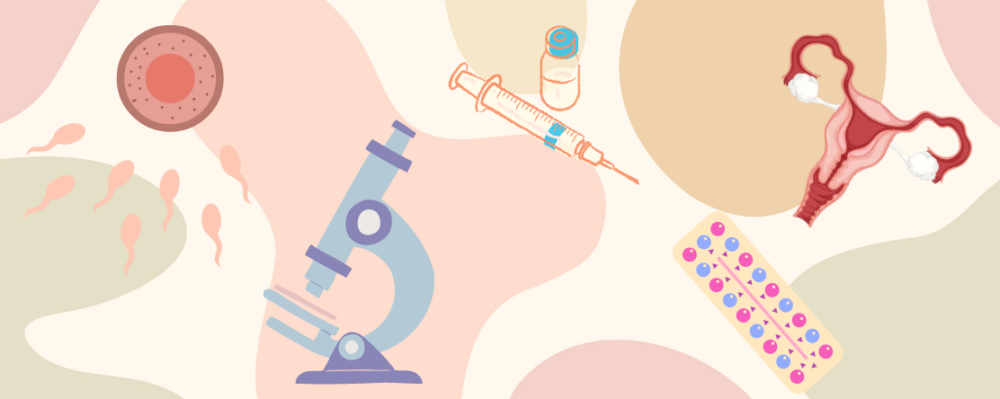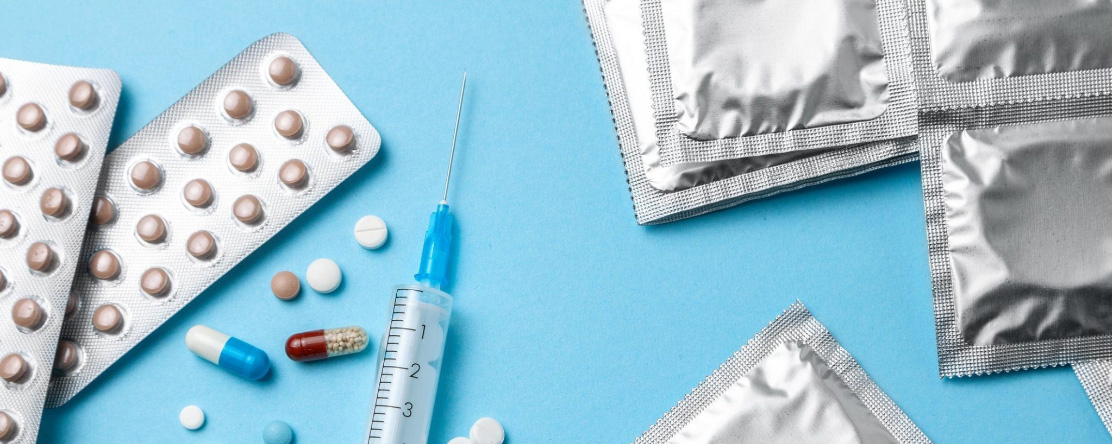
Expanding the Pipeline for MPTs: Compounds with Potential Activity to Prevent or Treat HIV and Other STIs
- Bethany Young Holt, PhD, MPH
- Anke Hemmerling, Susanna Moore, Katherine Yang
-
Focus Areas
Communicable Disease Prevention, Global Health -
Issues
Reproductive & Sexual Health -
Programs
CAMI Health

The interlinked risks of sexually transmitted infections (STIs) and unintended pregnancies are significant causes of morbidity and mortality for millions of women of reproductive age worldwide. HIV continues to be a major global public health threat.
Multipurpose prevention technologies (MPTs)—products that simultaneously prevent HIV, other STIs, and/or unintended pregnancy—offer an innovative approach for expanding HIV/STI prevention. With the continued high incidence of HIV and other STIs, paired with rising antibiotic resistance to a number of existing treatments, the development of new pharmaceutical approaches is critical for STI prevention.
“Expanding the Pipeline for MPTs: Compounds with Potential Activity to Prevent or Treat HIV and Other STIs,” is a narrative review authored by PHI’s Bethany Young Holt, Susanna Moore and partners, and published in the journal Sexually Transmitted Infections. The article focuses on new pharmaceutical approaches currently being explored for potential activity against HIV or other STIs not yet included in existing MPT candidates.
Background
Continued high incidence of HIV and other STIs, paired with rising antibiotic resistance to a number of existing treatments, warrants the development of new pharmaceutical approaches for STI prevention. Multipurpose prevention technologies (MPTs) offer an innovative approach for expanding HIV/STI prevention. The majority of MPT product candidates currently in development include HIV prevention, while only half include compounds active against non-HIV STIs.
Methods
This narrative review focuses on compounds in preclinical development (in vitro and in vivo) through phase 3 clinical trials with activity against one or more of the following infections: HIV, HSV-1, HSV-2, Chlamydia trachomatis, Neisseria gonorrhoeae, Treponema pallidum, and Trichomonas vaginalis. Bacterial vaginosis is included due to its association with increased risk of STIs. The focus is on compounds with novel mechanisms of action and prophylactic and/or therapeutic potential. Articles published in PubMed between 2011 and 2021, NIH RePorter and conference abstracts and proceedings between 2020 and 2021 were searched. Excluded from
the review are compounds that are already being used in MPT product candidates.
Main results
There is a growing pipeline of compounds targeting viral STIs, many of which have successfully transitioned from preclinical to clinical stages of development. However, the product development pipeline remains limited for compounds that target bacterial STIs.
Conclusions
The paucity of new pharmaceutical approaches for STI prevention, particularly non-HIV STIs, remains a public health gap. Future funding priorities should include STI prevention research. Despite limited attention to STI prevention in the development of MPTs, many research institutions worldwide are working on discoveries of new compounds, exploring new indications for existing drugs or on innovative drug delivery mechanisms. Our findings can be used to connect researchers across the globe to advance the development of compounds that have potential as active pharmaceutical ingredients in future MPTs.
“Despite the limited attention to STI prevention in the development of new pharmaceutical approaches suitable for MPTs, many research institutions worldwide are working on discoveries of new compounds, exploring new indications for existing drugs, or on innovative drug delivery mechanisms. As a field, we need to improve collaborations between these often isolated efforts by providing better options for the identification of potential synergies.”
PHI’s CAMI Health is dedicated to improving the health of women worldwide through collective global action. CAMI Health leads the first and only initiative dedicated to advancing the field of multipurpose prevention technologies, the IMPT. Learn more.
Originally published by The BMJ - Sexually Transmitted Infections
Additional Contributors
- Bethany Young Holt
- Anke Hemmerling
- Susanna Moore
- Katherine Yang
Work With Us
You change the world. We do the rest. Explore fiscal sponsorship at PHI.
Support Us
Together, we can accelerate our response to public health’s most critical issues.
Find Employment
Begin your career at the Public Health Institute.


